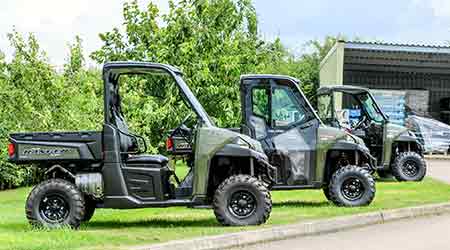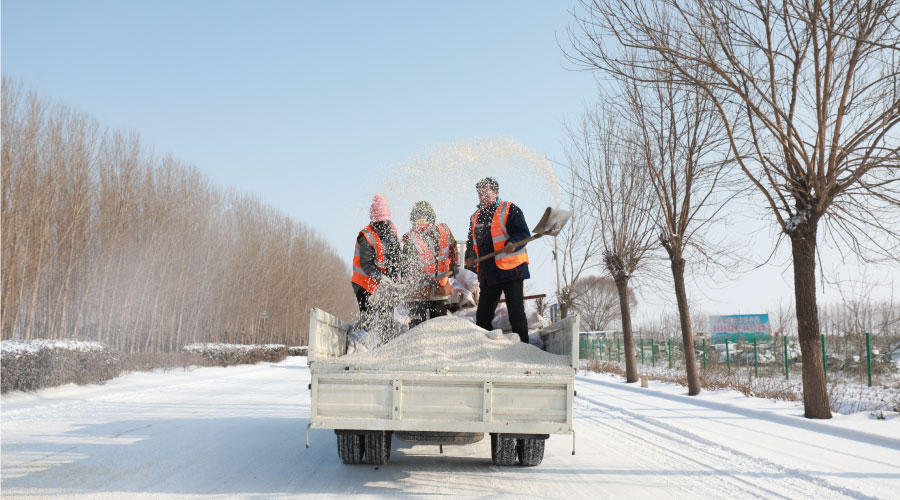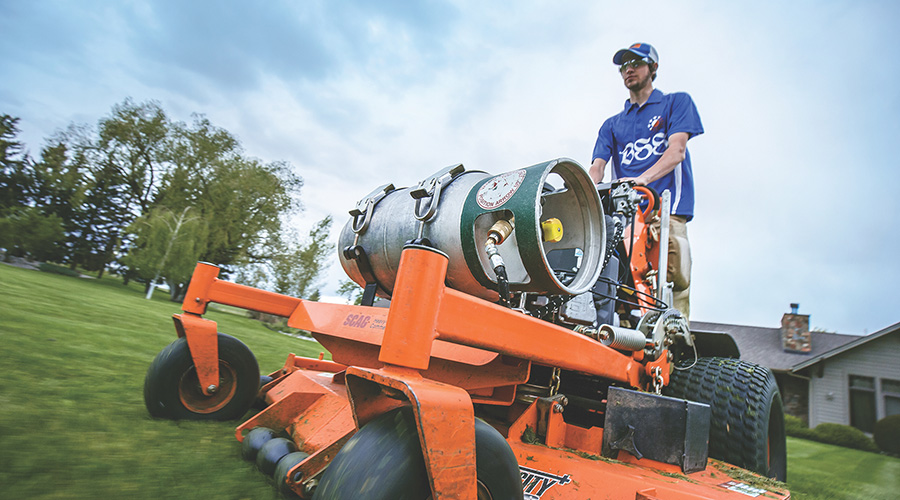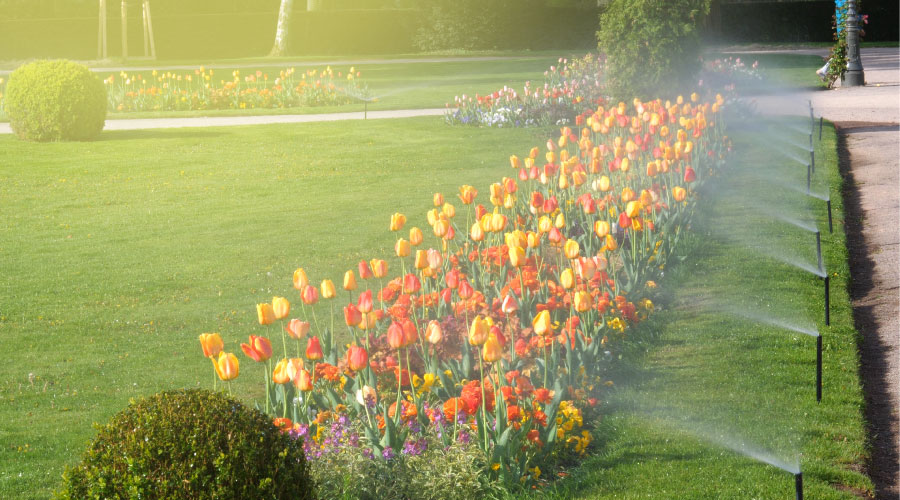Utility Vehicles: Knowing Facility Needs
With savvy specification, mowing decks, snow plows and sprayers can expand the use of utility vehicles.
Budget-conscious grounds care managers face the increasingly difficult challenge of balancing tight financial resources, high expectations for the appearance of landscapes, and the practical considerations of properly maintaining these areas around institutional and commercial facilities.
Among the equipment options that can pay the biggest dividends for facilities is the evolving array of attachments for mowers, tractors and utility vehicles. Attachments increase the versatility of grounds equipment and stretch budget dollars.
From mowing decks and snow-removal equipment to spreaders and sprayers, grounds managers can select the specific attachments that best meet their departments’ landscape maintenance needs.
Knowing needs
The ideal tasks to address with mower, utility vehicle or tractor attachments are those that grounds crews do not perform frequently. To identify the attachments that address these needs effectively, managers need to consider a range of factors, including location, terrain, and weather.
For instance, in areas with above-average snowfall, such as the Northeast, managers should look into buying attachments such as salt boxes, snow blowers, salt spreaders, and snow blades.
Managers can use the same reasoning for landscapes in seasonal markets that only need to prune occasionally. One proven strategy for grooming high and low bushes and trees without investing in two different pieces of equipment is to buy a combination attachment that is a pruning saw and a hedge trimmer.
A property’s size also will factor into a manager’s decision on equipment attachments. Departments responsible for large campuses need more accessories to ensure overall appearance, while smaller properties most often need fewer.
Before making a final decision on attachments, managers also need to carefully consider the full range of department activities.
For example, if a department uses a mower to perform landscaping duties but also to periodically provide such services as slit seeding, aeration, pest control, leaf and debris removal, and snow and ice removal, it makes more sense to buy attachments for one piece of equipment for each task, rather than buy a separate piece of equipment for each task.
Investing in one large purchase, such as a mower or utility vehicle rather than three or four smaller pieces of equipment, will save money in the short and long terms. In terms of efficiency, grounds equipment is not meant to sit idle for long periods, so if crews use select pieces of equipment just a few times a year, the chances of mechanical problems occurring actually increase.
At that point, the value of investing in attachments rather than additional motorized pieces of equipment becomes an issue that managers need to address.
Related Topics:














